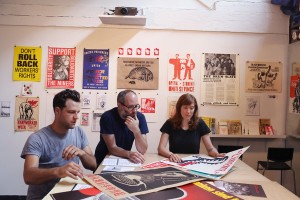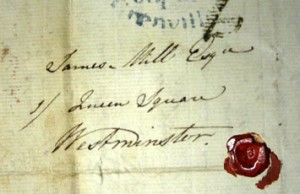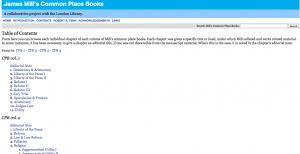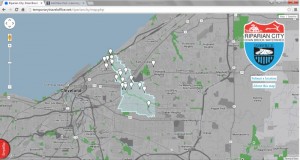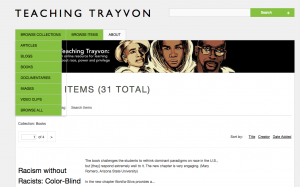During our very first systems fellowship meeting, I remember getting into groups to discuss our goals and aspirations. I chose to be in the ‘making’ group and brought up an archive collective in New York, Interference Archive. I had never really explored the archive in depth but it occurs to me now that it is an ‘extratextual’ project. The Interference Archive is located in Gowanus, Brooklyn and functions to preserve and exhibit the (often ephemeral) cultural products of social movements and political unrest. Opened in 2011, the space consists of a variety of objects, including posters, flyers, publications, books, t-shirts, buttons, film media, and audio recordings. The objective of the archive is to preserve histories and material culture that is often marginalized in more mainstream institutions. Their mission states,
As an archive from below, we are a collectively run space that is people powered, with open stacks and accessibility for all. We work in collaboration with like-minded projects, and encourage critical as well as creative engagement with our own histories and current struggles.
Interference Archive was created by a core group of four artists, activists, and scholars, Kevin Caplicki, Molly Fair, Dara Greenwald, and Josh MacPhee. It is completely volunteer-run, free, and open-access. The original set of objects grew out of MacPhee and Greenwald’s personal collections but has now expanded through acquisitions and donations. The physical space functions as an archive but also works as an exhibition space, a research space, and a social event center for education and outreach; talks, courses, film screenings, performances, and workshops, utilizing primary source materials located in the archive, take place regularly in the space. It also caters to artists and scholars as the archive publishes booklet and prints posters. Because it is free and open to all, the archive serves a board audience of activists, artists, scholars, and community members.
Since 2011, Interference Archive has expanded its core collective to ten primary organizers. The creators might measure their successes as linked to community outreach and accessibility. Of most importance to the group’s mission is the collection and preservation of otherwise overlooked (ephemeral and therefore consciously forgotten?) objects, histories, and artifacts. The project might offer a repeatable cultural technique in that it shows that archives do not need to be privatized. It allows us to think through the possibility of an open archive. It also allows a reframing of the ephemeral. The bulk of the artifacts in the Interference Archive (otherwise disposable remnants of social movement history) are objects that are often unlikely to be preserved. The archive revalues these objects. The project also seeks to center stories often marginalized in traditional narratives of American history. The field of art history can benefit from these techniques because they celebrate a broadening of the traditional processes of collection and preservation and also reposition ephemeral objects as valuable artifacts.


